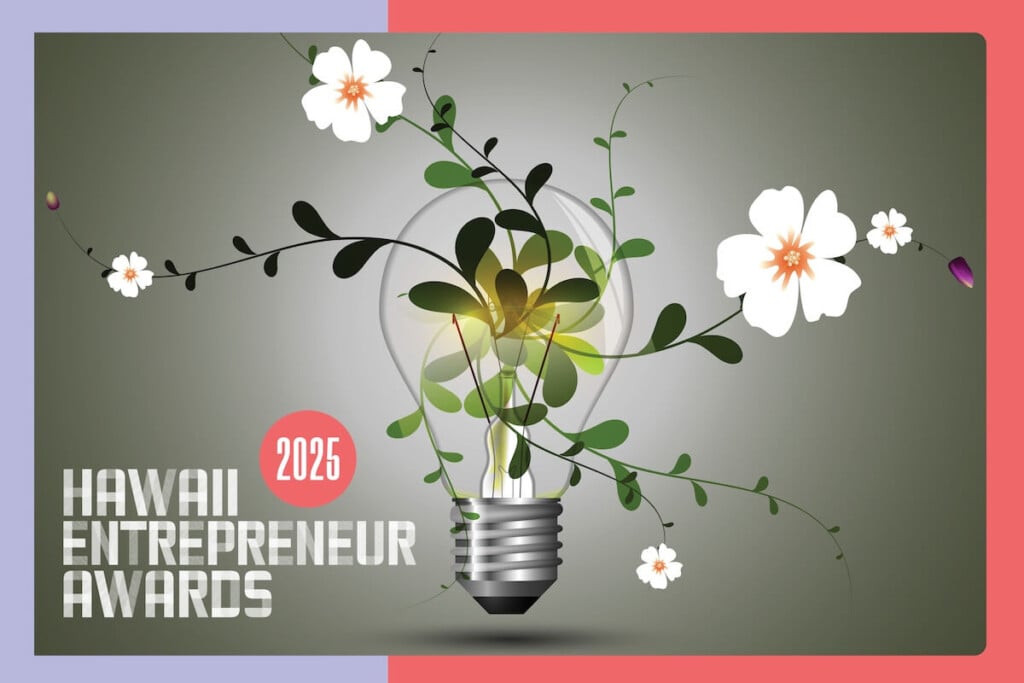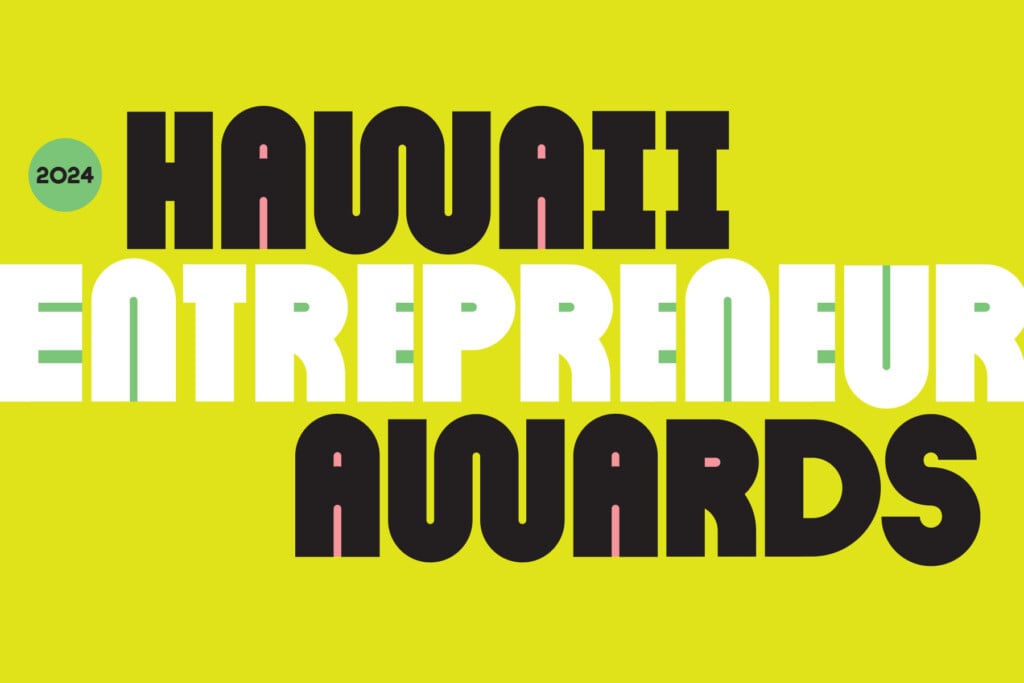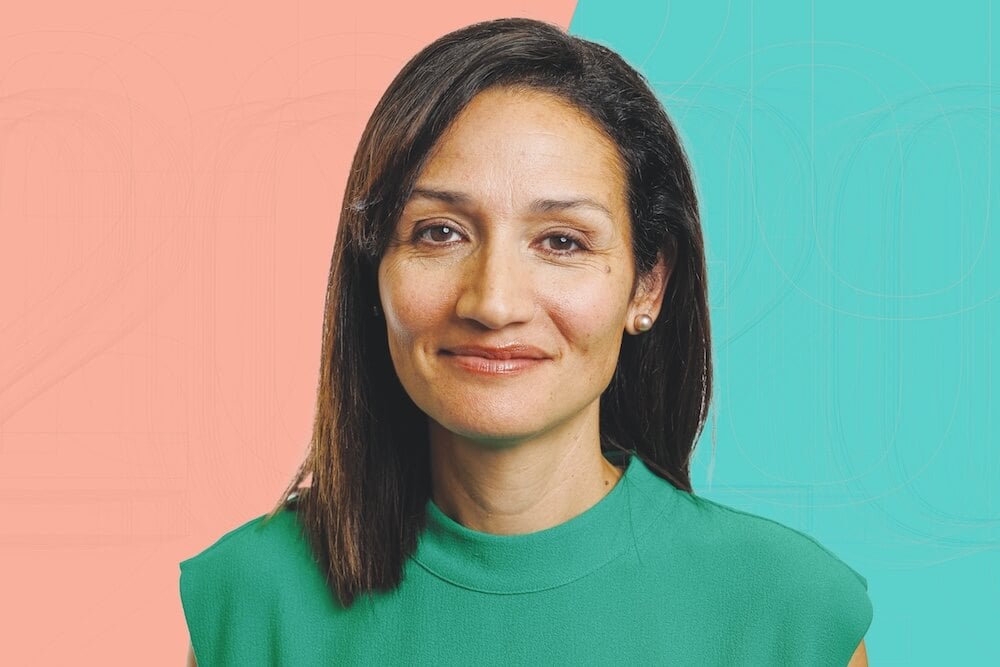“Internet for All”: Inside the Rapid Expansion of Hawai‘i’s Broadband Infrastructure
Thanks to $400 million in federal money and public-private partnerships, Connect Kākou is opening access to telehealth, remote work and online learning.

In 2018, as transpacific cables increasingly connected Asia directly to the U.S. mainland – bypassing Hawai‘i – Sylvia Luke, then chair of the state House Finance Committee, says she became concerned the state might be left behind. Then the pandemic expanded everyone’s dependence on reliable connectivity for online learning, remote work, telehealth and much more.
“Broadband all of a sudden became a top-of-mind issue,” with government seeing it as a long-term investment in physical infrastructure that boosts economic development and innovation, like roads and electricity, Luke says.
“For the first time in our nation’s history, the federal government invested billions and billions of dollars to improve broadband access throughout the states,” especially in underserved communities under the tagline #Internet for All.
The U.S. Congress appropriated more than $400 million for Hawai‘i in 2021. “This was a gift that I just never would have anticipated,” Luke says. State and private funds add to the total.
The money is administered by various agencies under myriad programs and grants, each with its own goals, rules and compliance regulations. Luke heads Connect Kākou, the state’s broadband initiative that coordinates the effective use of those federal funds coming into Hawai‘i.
“Because we are working very closely with the federal government, everything we do has to have a plan and execution laid out,” Luke says. With different pockets of funding involving different entities, “there has to be statewide coordination on how we can maximize federal funds, share information and minimize or anticipate areas where there might be duplication.”
Bridging Thousands of Miles
Connect Kākou focuses on three areas: infrastructure, devices and know-how. Together they create what Luke calls “meaningful access” – enabling more and more people to access and actually benefit from such services as telehealth, remote work and online learning.
State and county governments often see the internet as a way to provide better service to constituents. That makes it easier for most people but can reduce access for those who don’t know how to use a computer, don’t have one or don’t have an internet connection, Luke says. “If you drive around the state, there are pockets of our communities where you don’t have any connection at all.”
To better understand “access” – and where it is lacking – it helps to look at the key pieces of the high-speed internet network: the first, middle and last miles of broadband infrastructure.
The first mile connects the Islands to the broader internet through undersea transpacific fiber optic cables that land on O‘ahu or other islands. The middle mile currently begins with three existing interisland systems that connect the Neighbor Islands. Two of those systems, both owned by Hawaiian Telcom, are past their design lifetimes by several years, says UH VP for Information Technology/CIO Garret Yoshimi. The third one, he says, was laid by Sandwich Isles “and is probably past its halfway point.”
Sandwich Isles Communications – which faces foreclosure by the federal government for nonpayment of loans – abruptly terminated phone and internet services for about 1,500 customers on Hawaiian Home Lands last year.
Hawaiian Telcom built the first fiber networks in the state in 1994 and has been investing in improvements ever since. The company says it invested more than $1 billion over the past decade using a combination of federal funds and private capital.
In January, Hawaiian Telcom announced it would collaborate with federal, state and county governments to make Hawai‘i the first fully fiber-enabled state in the nation. The existing fiber network reaches over 400,000 homes and businesses, representing 60% of the state, with plans to connect the remaining 40% by the end of 2026, Hawaiian Telcom said.
Gov. Josh Green calls the plan “a testament to the power of public-private partnerships.”
Government Money Provides the Jump-Start
Under Connect Kākou, $102 million will go to the Hawaiian Islands Fiber Link project, led by UH with its private sector partner, Ocean Networks. Yoshimi says that government money is essential to creating the new broadband infrastructure.
“We’re using the public funds to essentially solve the capital hurdle” since those monies don’t have the same repayment requirements as private capital, Yoshimi says. However, that government money is not enough for the state to fully build and operate the infrastructure directly.
“The intention is to have a commercial operator do the build as well as operate it going forward,” Yoshimi says. The resulting network would operate as a carrier-neutral, open-access system with a design lifespan of 25 years. It’s anticipated to be operational by late 2026.
In 2023, Hawaiian Telcom won a competitive $37 million federal grant from the National Telecommunications and Information Administration for a middle-mile project to build an interisland cable connecting the major islands. Along with another $50 million in funds and in-kind contributions, the project aims to mitigate risks around sea-level rise and natural disasters damaging the broadband infrastructure.
The last mile is where internet service providers like Hawaiian Telcom and Spectrum connect directly to individual customers; that’s the focal point for improving connectivity to underserved areas. The $150 million Broadband Equity, Access and Deployment Program, also coordinated by UH, targets the 12,700 homes in Hawai‘i that do not have access to high-speed internet.
That program’s first phase enlisted nonprofits, government, internet service providers and the public to check internet speeds in different areas and submit any corrections to update Hawai‘i’s broadband map (tinyurl.com/hawaiibbmap). UH will use the validated results to prioritize funding projects to ensure people in every residence can subscribe to internet service at federally required minimum speeds of 100 Mbps for downloads and 20 Mbps for uploads.
Like the middle-mile project, this last-mile project “intends to break the capital hurdle to make sure that all residents that want to can subscribe to the service,” Yoshimi says.
Libraries Are Hubs for Connectivity
While the primary focus of the last-mile project is on infrastructure development, any remaining funds after construction can pay for digital literacy programs, device purchases and training. The program covers funding for community anchor institutions: existing public locations such as libraries that provide access and support services to the public in areas offering speeds of less than 1 Gbps for downloads and 1 Gbps for uploads.
Yoshimi says Hawai‘i is lucky to have many libraries already connected to high-speed internet. “If we can help provide devices there as well as people to help, it really gives people a rich experience.”
With 51 branches on six islands, the state library addresses two main digital equity challenges: access and lack of affordability, says Hawai‘i State Librarian Stacey Aldrich.
“The public library is the only free space that people can go for free high-speed internet connectivity through computers provided at the library or Wi-Fi on their own devices.”
Libraries also bring more people online with web-based and in-person classes that support digital literacy. In 2021, research firm Omnitrak conducted a study on digital literacy and readiness for the state’s Workforce Development Council that described 40% of Hawai‘i’s population as less than digital-ready. Their use of technology and training was minimal, they lacked confidence in their computer skills and they needed help setting up their devices, according to the study.
Not Just Kūpuna Lack Digital Literacy
Ka‘ala Souza, a former workforce development specialist turned digital equity consultant, knew the statistics but was still surprised that digital readiness classes needed to start with foundational tasks like how to turn on a computer and the differences between a right click and a left click. One attendee brought a box with a laptop that the attendee had owned for four years but was too intimidated to open.
Getting people digital ready, Souza says, opens people to many economic opportunities and gives them some buffer against economic disruptions.
Aldrich says this is not confined to kūpuna. “While we do have many kūpuna showing up to our current literacy skills classes, people of all ages have varying levels of expertise and experience. Some young people, for example, are adept at using their phones to connect but don’t have a lot of experience with all technologies, which can be a challenge in the workplace.”
With federal funding, Aldrich says, digital navigators will be available in all state library branches to provide more one-on-one opportunities for people to learn digital literacy skills. “We did a pilot with five branches last year, and it was extremely popular. Patrons with technology questions – who just want to talk with someone – [were provided] a skills person and time to learn,” she says.
As digital literacy educators, Souza says, “The big push for us is to get people feeling comfortable first. … I just need you to get online, and you can type a URL, or ‘how do I’ into an address bar.” That, he says, opens the door to a variety of economic advancement opportunities. “If you have people thinking and learning like that in our state, then it provides some buffer against economic changes.”
This long-term view aligns with Luke’s vision for ensuring that this influx of federal funds leads to lasting benefits for the state. “Internet for all is a game changer,” she says. “It’s the big equalizer, not just for now, but for generations to come.”





